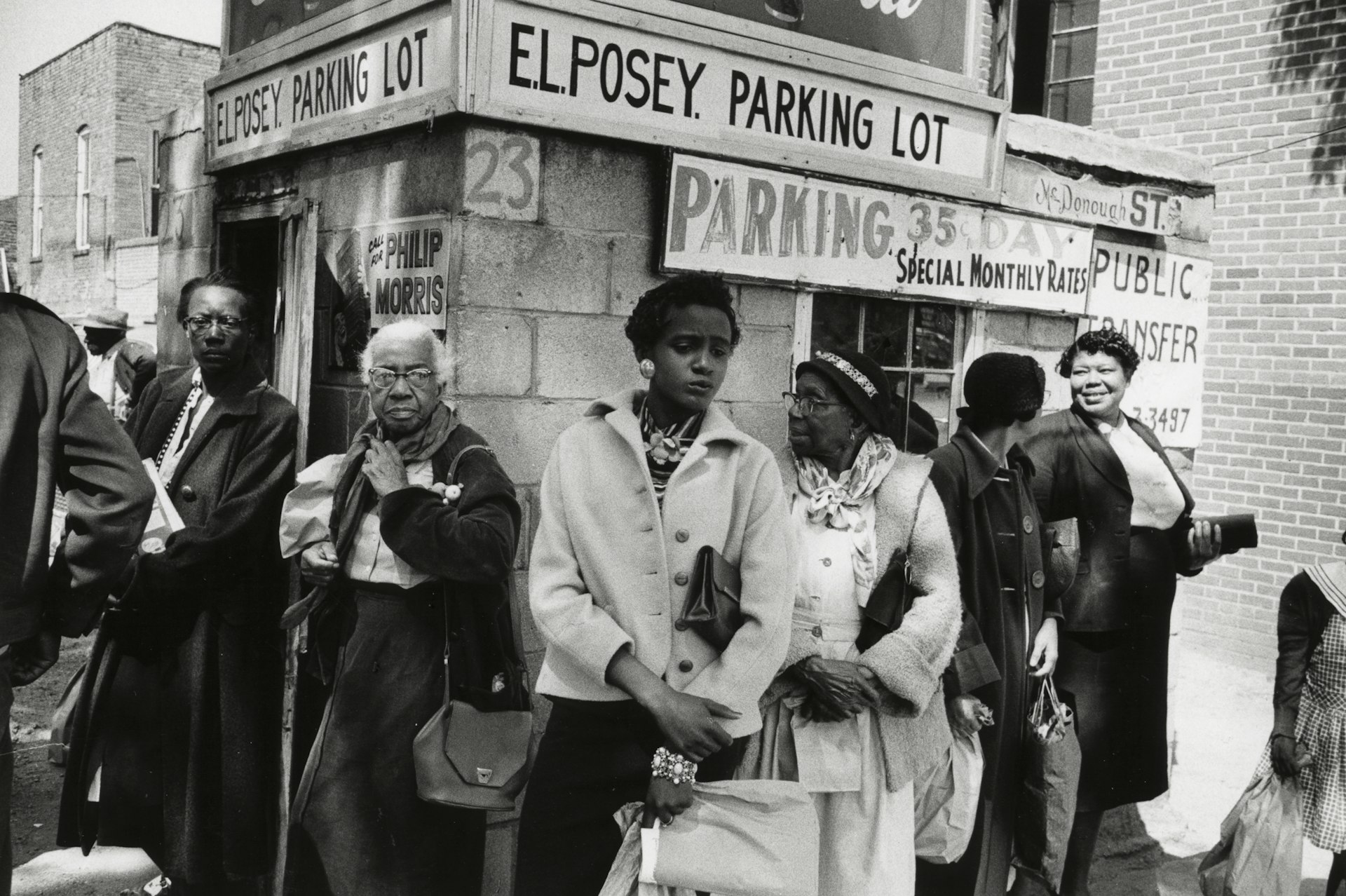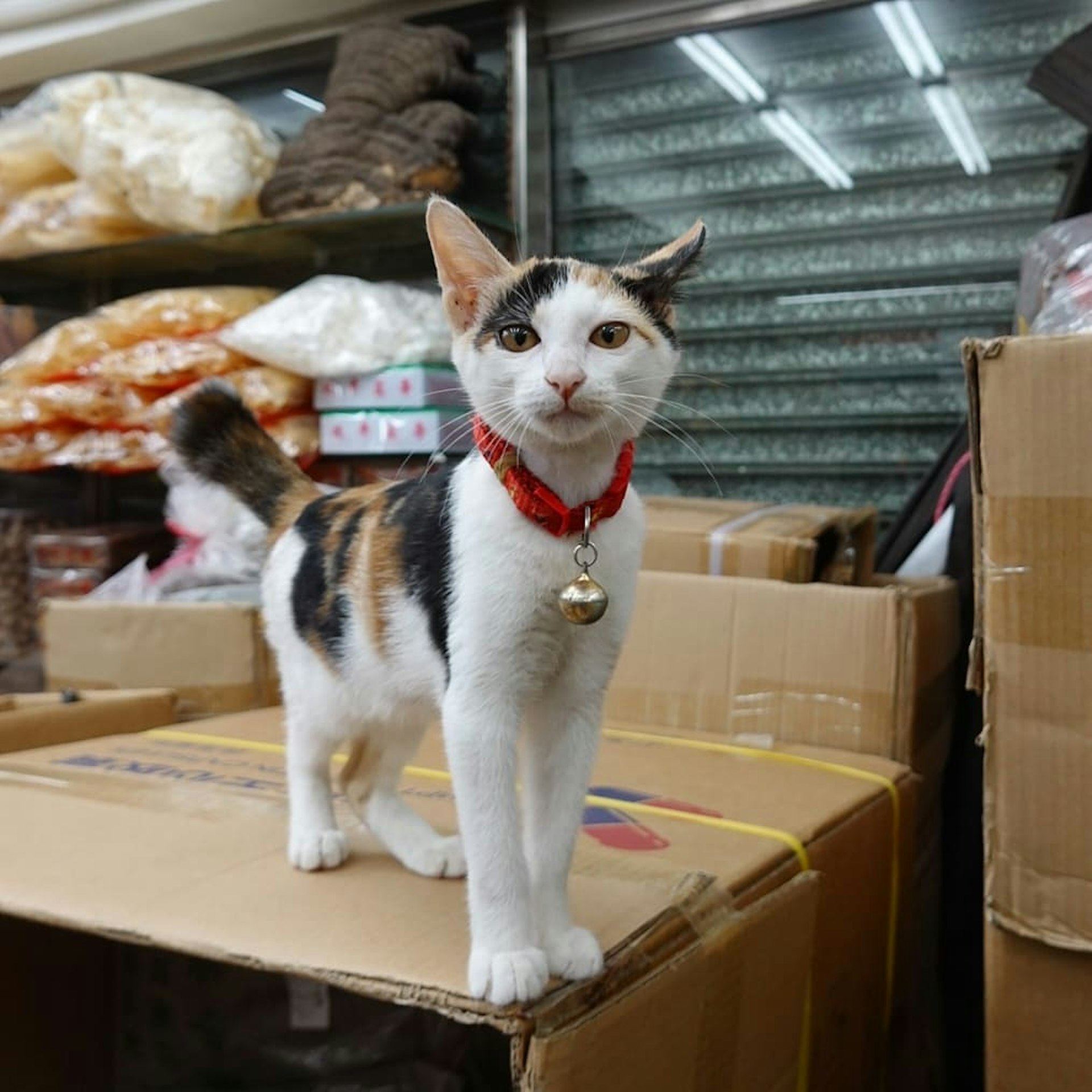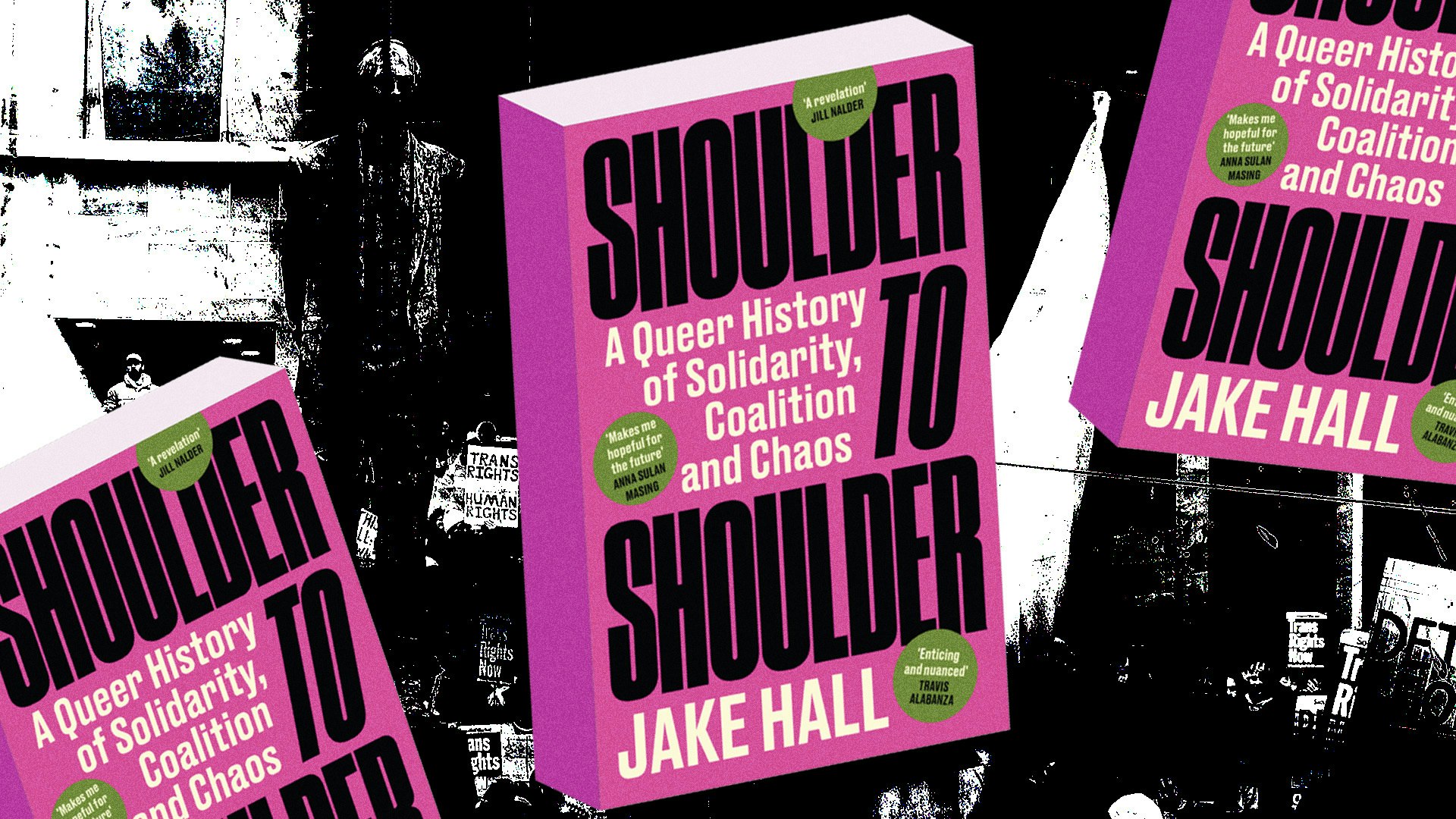The tropical BBoys of Venezuela creating a safe haven in Caracas
- Text by Natalie Keyssar
- Photography by Natalie Keyssar

Sweat is pouring down the forehead of 22-year-old breakdancer Jose Alejandro Rodriguez as he takes a break between sets.
We’re standing in the middle of Tiuna El Fuerte, a community spaces built from shipping containers sandwiched between a highway and the Barrio of El Valle in Caracas, Venezuela.
On the open-air dance floor before us, BBoys are spinning and stretching in every direction, contorting themselves into baffling positions.

When I ask Jose where he lives, his eyes search the twilight skyline overhead as though there is a short way to tell his long story. “I live…. I mean I’ve lived all over,” he says, laughing. “In Petare, El Valle, by the Center.”
He references several of Caracas’ famous cascading barrios, as beautiful as they are complicated, and often difficult places to live.
The longer his list grows, the clearer it becomes that his journey, like that of so many others here, hasn’t been a stable one. “I’ve had, I guess one could say, a lot of homes. Right now I’m staying by La Guaira.”
“La Guaira?” I clarify. La Guaira is Caracas’s main beach and home to several other barrios, but it’s far away – over a mountain from the city.
“Yes, la Guaira,” he says. “When I leave rehearsal at 8 tonight I’ll get back around 11.”

Watching Jose’s wiry frame as he goes back to dancing, I think about the 6-hour round trip he makes to get here, with the subway system often collapsing and the lines for buses that sometimes stretch for blocks. That’s what this dance floor and the 15 or so other boys around are worth to him.
“Breaking is community, exercise, dance, but more than that it’s like… it’s like a deep breath,” he says, pausing to look around.
“I’m not thinking about anything but dancing while I’m here. I come every time there’s practice, usually a couple times a week with my crew and sometimes we practice with others too.”

I can’t remember the first time that I came to Tiuna El Fuerte. It might have been for a party – they throw great parties – or it might have been to meet with the various youth and cultural leaders I’ve worked with over the years, watching salsa classes and screen-printing workshops and youth daytime raves (it’s safer to hold these events in the day, as Caracas grows ever more dangerous after nightfall).
Tiuna El Fuerte is a landmark: ask around about youth culture and you will end up here. But like so many things in Venezuela, it brings up the country’s polarized atmosphere.
When I speak to my ‘opposition’ friends – people who blame President Hugo Chávez, and his successor Nicolás Maduro, for Venezuela’s ongoing crisis – their faces darken when Tiuna El Fuerte comes up. It’s a ‘Chavista’ project – an emblem of the Marxist policies they say are to blame.
My ‘Chavista’ friends, of course, rave about it. For them, it’s an example of the social good that underpinned ‘Chavismo’, the socialist policies enacted under Chavez. And as for those in the middle, well honestly – there is very little middle-ground in Venezuela.

Jose and his friends fill the open-air dance floor with a boundless energy. They also carefully avoid talking about politics.
As I pull each one from their meditations and acrobatics, they tell me that times are hard: that inflation means that money isn’t worth what it used to be; that it’s harder and harder to make ends meet; that during these past 4 months of massive anti-government protests, swaths of the city collapsed making it hard to get to practice.
They all end by explaining why they dance, what it means to them to be here.

Alberto “El Chino” Quintero, 31, is one of the leaders of the Speedy Angels, an infamous Caracas breaking crew that practices twice a week at Tiuna El Fuerte.
Between stretching and dancing and teaching new moves to the others, he shares his story. He’s travelled the world dancing, from Colombia to China he tells me, but unlike so many of the dancers he’s known and the young creatives of his generation who have left Venezuela seeking more opportunity, he says he’s staying put.


“In all my travels, I’ve seen a lot of beautiful countries and met good people, but I’ve never seen a place that makes me want to leave Venezuela. It just doesn’t interest me to leave the food, the music, the women of this country.
“It’s raw right now, it’s hard, of course, but I want to stay and dance and work. I’m an artist and with all of these problems comes opportunity to change and grow. I’m staying here. I’ll be at practice on Monday, come by any time.”


At dusk, I head home on a moto-taxi via a dark highway through the city leaving the dancers in full swing. The streets grow quiet and eerie early here, and I think of Caracas as a series of little Oases in the midst of a harsh and shifting landscape. Murals of Chavez with pro-government slogans alternate with words of anti-government rage, growing angrier as I head west.
These are hard streets and uncertain times, but the people of Caracas, like the dancers, build their little safe havens of light and safety, creating something to hope for in the future, or at least something to keep them sane.
Pivot Points: Stories of Change from Huck Photographers are shot entirely on the KODAK EKTRA Smartphone, a 21-megapixel camera with 4K video capability.
Enjoyed this article? Like Huck on Facebook or follow us on Twitter.
Latest on Huck

How Labour Activism changed the landscape of post-war USA
American Job — A new exhibition revisits over 70 years of working class solidarity and struggle, its radical legacy, and the central role of photography throughout.
Written by: Miss Rosen

Analogue Appreciation: Emma-Jean Thackray
Weirdo — In an ever more digital, online world, we ask our favourite artists about their most cherished pieces of physical culture. Today, multi-instrumentalist and Brownswood affiliate Emma-Jean Thackray.
Written by: Emma-Jean Thackray

Meet the shop cats of Hong Kong’s Sheung Wan district
Feline good — Traditionally adopted to keep away rats from expensive produce, the feline guardians have become part of the central neighbourhood’s fabric. Erica’s online series captures the local celebrities.
Written by: Isaac Muk

How trans rights activism and sex workers’ solidarity emerged in the ’70s and ’80s
Shoulder to Shoulder — In this extract from writer Jake Hall’s new book, which deep dives into the history of queer activism and coalition, they explore how anti-TERF and anti-SWERF campaigning developed from the same cloth.
Written by: Jake Hall

A behind the scenes look at the atomic wedgie community
Stretched out — Benjamin Fredrickson’s new project and photobook ‘Wedgies’ queers a time-old bullying act by exploring its erotic, extreme potential.
Written by: Isaac Muk

“Welcome to the Useless Class”: Ewan Morrison in conversation with Irvine Welsh
For Emma — Ahead of the Scottish author’s new novel, he sat down with Irvine Welsh for an in-depth discussion of its dystopic themes, and the upcoming AI “tsunami”.
Written by: Irvine Welsh